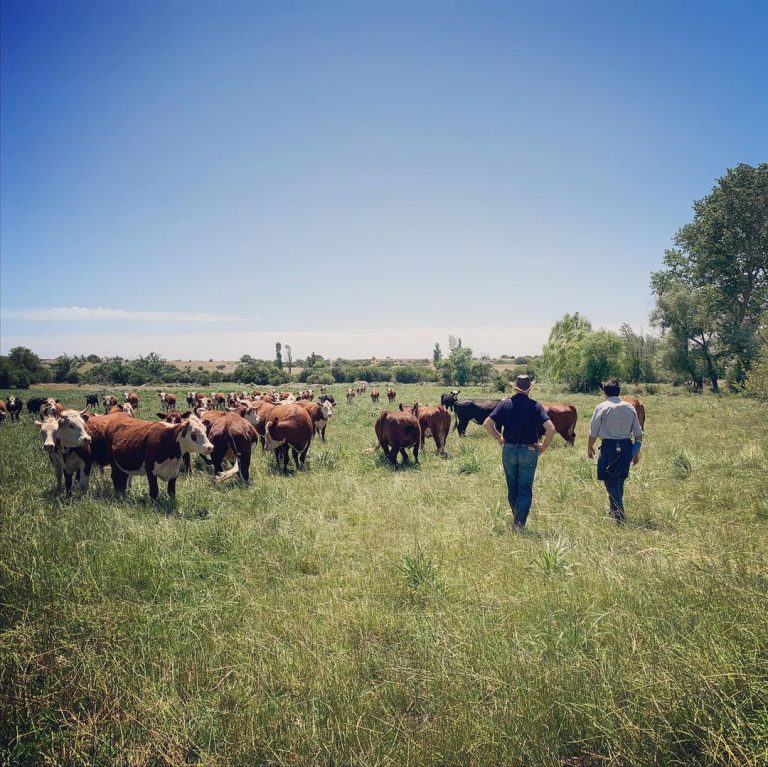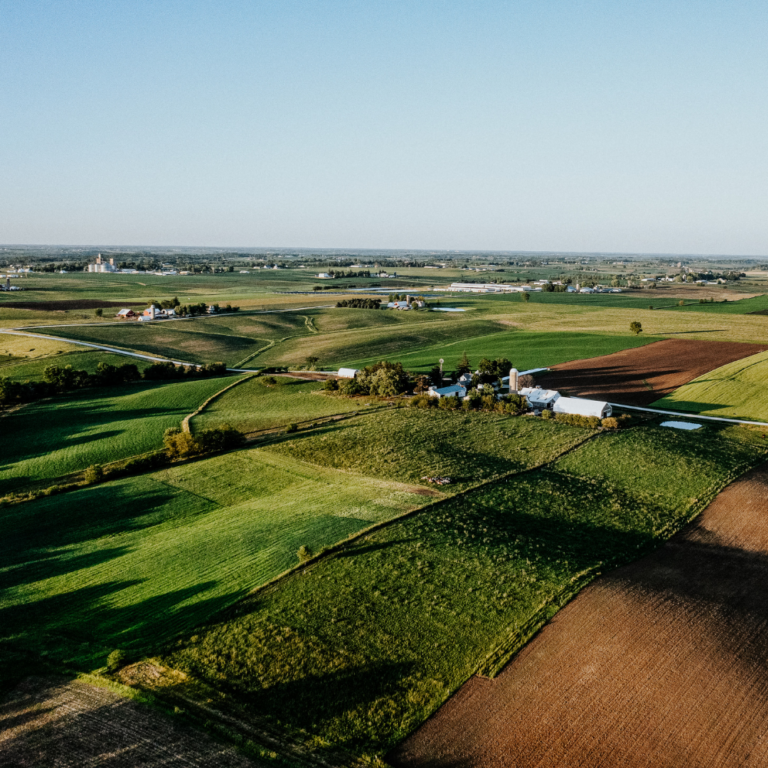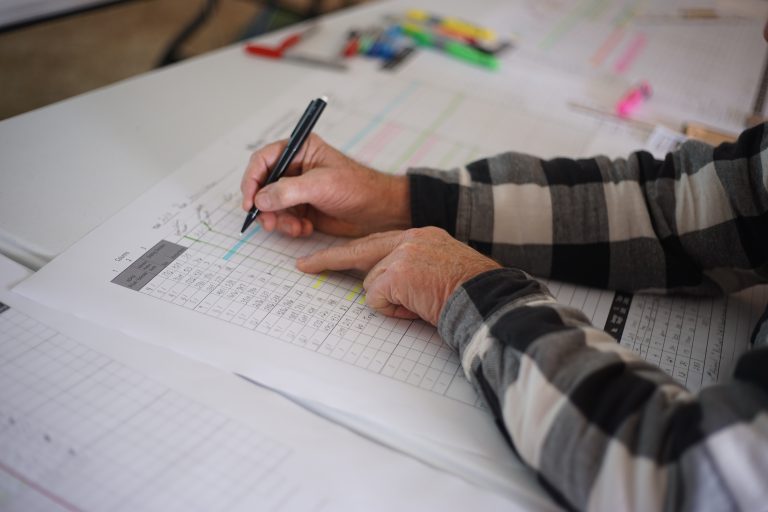In order to discuss the merits of High Density Grazing versus Holistic Planned Grazing, both must be defined.
High Stock Density Grazing (HSDG) is grazing livestock at a high density, in excess of over 100,000 pounds per acre up to 1,000,000 pounds per acre for a very short amount of time, moving the livestock multiple times per day.
Holistic Planned Grazing (HPG) is a process where the needs of the livestock and the plants are considered so that plants are provided enough time to recover from grazing while maintaining animal performance and moving toward desired long-term land productivity goals during the grazing season.
The main elements where these two types of grazing are significantly different are:
1) Focus
2) Density
3) Time
4) Purpose
High Stock Density Grazing is grazing livestock closely together for a short period of time, in order to have an increased and evenly distributed impact of grazing, dunging, urinating, and trampling a small, specific area, in order to increase the plant productivity for successive grazing seasons. When carefully applied, the outcome of HSDG can provide improved plant diversity, carbon sequestration, and litter cover.
As powerful as this type of grazing can be, careful consideration must be given to ensure that there are enough pounds of available forage for livestock to eat and trample, that the soil profile is sufficiently dry and structured well enough to handle the “load” especially in clay type soils, and that there is sufficient labor to manage this endeavor for a desired amount of time. Due to short duration, high intensity impact, this type of grazing will not be sustainable nor may it be desirable for significantly long periods of time (weeks or months).
Holistic Planned Grazing incorporates planning for the grazing of the entire area, “cell”, or ranch, during either the growing or dormant season, for the purpose of improving the plant productivity and diversity across the entire ranch, with the option to focus on specific small areas as needed. Holistic Planned Grazing is vastly different from High Stock Density Grazing in that the recovery period for plants is incorporated in the season long grazing model.
In other words, HPG allows for the ability to graze at a higher stock density and shorter duration at some points in time in small, specific areas, while also allowing for grazing at lower stock density and longer durations, based on the needed recovery period for the plants, desired outcome, and available labor.
Another way to think of the difference between HSDG and HPG is that Holistic Planned Grazing is focused on plant recovery (from grazing) and improving plant productivity and diversity across the entire ranch for the entire grazing season, increasing or decreasing stocking density for the period of time the animals need to stay in the pasture, depending on the available forage in each pasture, which are further based on desired outcomes for the ranch and available labor. HSDG is a tool that can be used within HPG, at certain times, in certain areas, in order to have a significant impact on a specific area.
HSDG is a powerful tool that can have a dramatic impact on a smaller area, but it is most effective during particular times of the year, and less effective at others. HSDG isn’t well suited for all pastures, especially pastures where forage production is low. It is labor intensive with multiple moves made per day.
The thing that High Stock Density Grazing does not account for compared to Holistic Planned Grazing, is planning for the recovery period for the plants. How quickly the plants recover from grazing is a direct result of how the livestock are managed. The better the livestock are managed over time, the better the plants will perform, and the more livestock can graze in due time.
The key is understanding what you are managing for in regards to the plant productivity, and then determining how to go about it in a way that suits your needs and desires.
Written by Fallon Turner Stover, a California rancher and Savory Institute Professional Educator.




